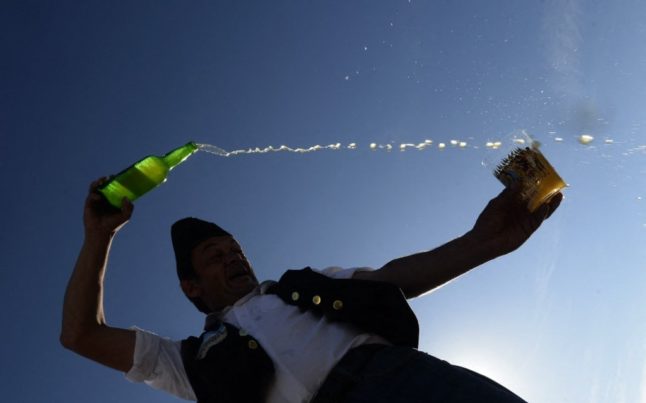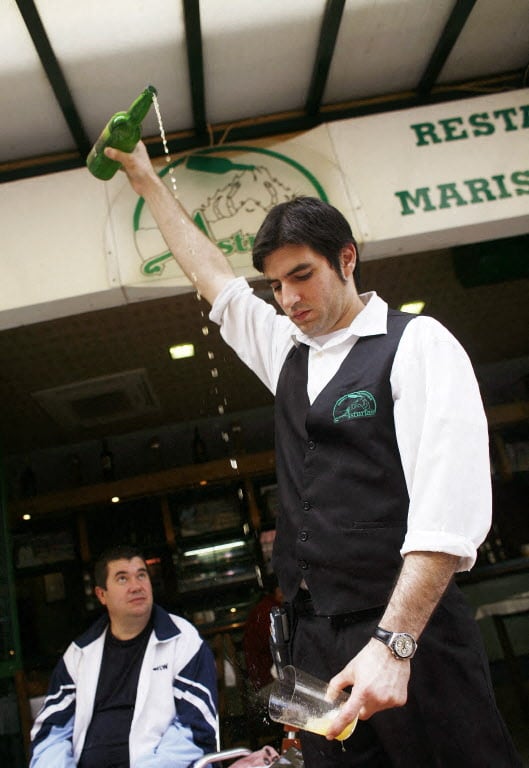Red wine registered a 3.7 percent drop in Spanish sales in 2011 and a 0.9 percent fall in 2012, according to a new study by the Nielsen Wine Institute published in El País newspaper on Tuesday.
Although the figures represent a record low for Spain’s long-favoured red wine, the price of those produced is higher than average due to the increase in overall quality.
Rioja wines with certificates of origin are still monopolizing the red wine market in Spain, with the 73.2 million litres sold last year representing a 61 percent stake in the crianza market.
They are followed by Valdepeñas, Ribera del Duero, la Mancha, Cariñena and Navarra.
But it’s white wines with certificate of origin that are now taking the reins of the Spanish wine industry, with sales up 9.6 percent in 2012.
Nielsen’s study reached this conclusion after taking data from 80,000 shops and 216,000 businesses in the hotel and catering industry.





 Please whitelist us to continue reading.
Please whitelist us to continue reading.
Member comments